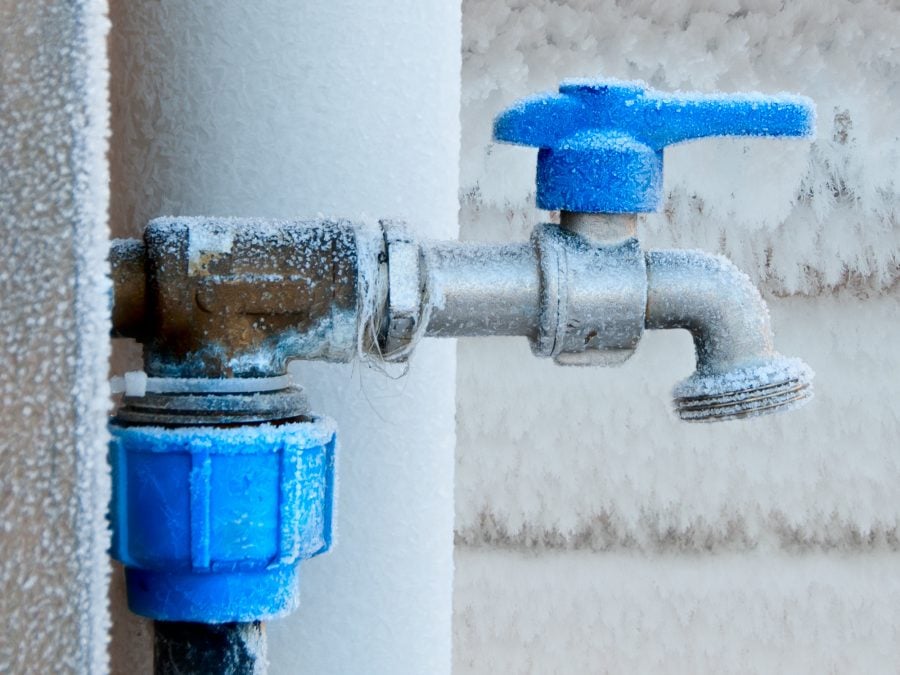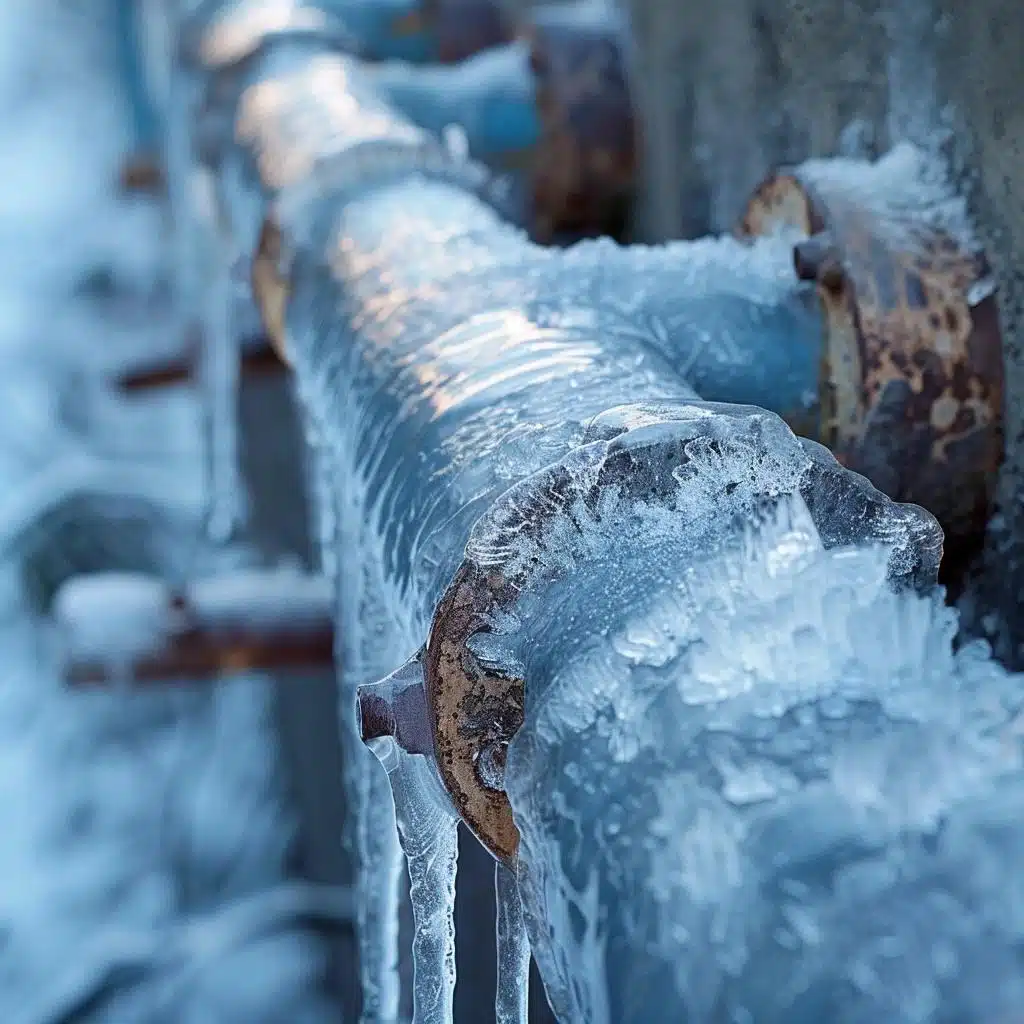Just how do you feel in relation to Helpful Tips to Prevent Frozen Pipes this Winter?

Winter can ruin your pipes, specifically by freezing pipelines. Right here's exactly how to avoid it from happening and what to do if it does.
Intro
As temperature levels decrease, the risk of icy pipelines boosts, potentially resulting in costly fixings and water damages. Comprehending exactly how to prevent icy pipes is crucial for home owners in chilly environments.
Prevention Tips
Insulating prone pipes
Wrap pipelines in insulation sleeves or use warm tape to protect them from freezing temperature levels. Focus on pipes in unheated or outside areas of the home.
Heating strategies
Keep interior areas appropriately warmed, especially locations with pipes. Open up closet doors to permit cozy air to distribute around pipelines under sinks.
Exactly how to determine frozen pipes
Search for decreased water flow from taps, uncommon odors or noises from pipelines, and noticeable frost on exposed pipelines.
Long-Term Solutions
Structural modifications
Take into consideration rerouting pipelines far from exterior walls or unheated areas. Include added insulation to attics, cellars, and crawl spaces.
Upgrading insulation
Purchase high-quality insulation for pipelines, attic rooms, and wall surfaces. Appropriate insulation helps maintain consistent temperature levels and minimizes the risk of icy pipes.
Protecting Exterior Pipes
Yard hose pipes and outside faucets
Separate and drain yard tubes before wintertime. Set up frost-proof faucets or cover exterior taps with shielded caps.
Comprehending Frozen Pipes
What causes pipes to freeze?
Pipelines ice up when subjected to temperature levels listed below 32 ° F (0 ° C) for prolonged periods. As water inside the pipes freezes, it increases, taxing the pipe walls and possibly triggering them to rupture.
Threats and problems
Frozen pipes can lead to water supply disturbances, property damages, and expensive repairs. Burst pipes can flooding homes and cause considerable structural damages.
Indications of Frozen Pipeline
Determining icy pipes early can stop them from bursting.
What to Do If Your Pipes Freeze
Immediate actions to take
If you believe icy pipes, maintain faucets available to relieve pressure as the ice melts. Make use of a hairdryer or towels taken in hot water to thaw pipelines slowly.
Verdict
Protecting against frozen pipelines needs aggressive procedures and quick actions. By understanding the reasons, signs, and safety nets, homeowners can secure their pipes during winter.
5 Ways to Prevent Frozen Pipes
Drain Outdoor Faucets and Disconnect Hoses
First, close the shut-off valve that controls the flow of water in the pipe to your outdoor faucet. Then, head outside to disconnect and drain your hose and open the outdoor faucet to allow the water to completely drain out of the line. Turn off the faucet when done. Finally, head back to the shut-off valve and drain the remaining water inside the pipe into a bucket or container. Additionally, if you have a home irrigation system, you should consider hiring an expert to clear the system of water each year.
Insulate Pipes
One of the best and most cost-effective methods for preventing frozen water pipes is to wrap your pipes with insulation. This is especially important for areas in your home that aren’t exposed to heat, such as an attic. We suggest using foam sleeves, which can typically be found at your local hardware store.
Keep Heat Running at 65
Your pipes are located inside your walls, and the temperature there is much colder than the rest of the house. To prevent your pipes from freezing, The Insurance Information Institute suggests that you keep your home heated to at least 65 degrees, even when traveling. You may want to invest in smart devices that can keep an eye on the temperature in your home while you’re away.
Leave Water Dripping
Moving water — even a small trickle — can prevent ice from forming inside your pipes. When freezing temps are imminent, start a drip of water from all faucets that serve exposed pipes. Leaving a few faucets running will also help relieve pressure inside the pipes and help prevent a rupture if the water inside freezes.
Open Cupboard Doors
Warm your kitchen and bathroom pipes by opening cupboards and vanities. You should also leave your interior doors ajar to help warm air circulate evenly throughout your home.

I discovered that piece about Winter Plumbing Precautions: Preventing Frozen Pipes when doing a lookup on the search engines. Are you aware of someone else who is very much interested in the topic? Be sure share it. We thank you for reading our article about How To Avoid Freezing Pipes.
Visit